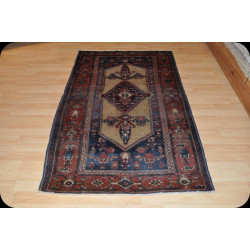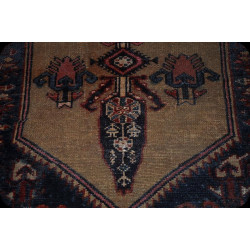

























| Rug | |
| Type | Handmade |
| Size | 6.5x8 |
| Design | Egyptian |
| Origin | Egypt |
| Color | Brown |
| Pattern | Geometric |
| Age | New |
| Material | Wool |
What are Kilims or Kelims or
Gelims
The word kilims simply mean flat
woven rugs, or rugs without a knotted pile. Kilims are not knotted instead the
tread or yearn are woven in flat manner on the warp strings, so they don’t have
pile. Unlike hand-knotted rugs kilims have more than just floor covering use.
Kilims are a wonderful way of
bringing vibrant colors and patterns to the wall and floors; they possess
unusual ability to define spaces, adding warmth and texture.
In countries of origin, making
pillows and bugs, hanging on the wall for decoration, using as table-sheets are
a few ways to use kilims.
Soumak (also spelled Soumakh, Sumak,
Sumac, or Soumac) is a tapestry technique of weaving strong and
decorative textiles used as rugs and domestic bags. Baks used for bedding are
known as Soumak Mafrash. Soumak is a type of flat weave, somewhat
resembling but stronger and thicker than kilim, with a smooth front face and a
ragged back, where kilim is smooth both sides. Soumak lacks the slits
characteristic of kilim, as it is usually woven with supplementary weft threads
as continuous supports.
The technique involves wrapping coloured weft threads over and
under the warp threads, adding strength and embroidery-like pattern.
The technique of making a soumak involves wrapping wefts over a
certain number of warps (usually 4) before drawing them back under the last two
warps. The process is repeated from selvedge to selvedge. The wefts are
discontinuous; the weaver selects coloured threads in turn, and wraps each
within the area which is to have that particular colour. Unlike kilim, the back
is left ragged, with all the loose ends of the differently-coloured weft
threads visible, sometimes several inches long, providing extra thickness and
warmth. Also, unlike kilim, there are no slits where colours meet, as there is
a supplementary or structural weft which supports the coloured pattern weft.
Some late Soumaks made by the Kurds are however "weftless", lacking
the structural weft support, and the stitches naturally overlap.
Soumaks tend to be finely woven, and although not as durable as
piled carpets, they are stronger than kilims. The soumak wrapping often covers
the whole surface of a bag or rug, but it can equally be applied in decorative
strips, contrasting with the plainer and thinner flatweave areas. For example,
camel bags from Malatya in Eastern Turkey could be woven in simple flatweave
stripes of red and blue, with broad strips of soumak weft-wrapping with motifs
for fertility and protection.
Bags were sometimes woven with a face of soumak, with a
tapestry-woven kilim-like top creating slits between blocks of colour: a rope
was threaded in and out of the series of slits to fasten and close the bag.
Sizes vary, from carpet format through bags for bedding or for use on pack
animals, to tiny tribal domestic bags. The following images show the appearance
and construction of just such a soumak saddle bag, woven in Luristan at the end
of the 20th century. The Lurs sometimes, as here, combine soumak and knotted
carpet piling to adorn a single piece. To form the motifs, the weaver may push
the weft threads about to form curves or slanting shapes as desired.
Kilim is a type of flat-woven rug or tapestry that is traditionally made in
various regions of the Middle East, Central Asia, and North Africa. Kilims are
typically made using wool or cotton, although silk may also be used in some
cases, and they are known for their colorful geometric patterns and designs.
Unlike many other types of rugs, kilims have a flat, tight weave that gives
them a smooth texture and a durable, long-lasting quality. They are often used
as floor coverings, wall hangings, or decorative textiles, and they have become
popular around the world for their unique aesthetic and cultural significance.
Kilims are also valued for their practicality, as they can be easily rolled up
and transported, making them a popular choice for nomadic cultures and
travelers.
Kilims are made using a flat-woven technique that is distinct from other
types of rugs and carpets. The weave of a kilim is created by interlocking warp
and weft threads, which are typically made from wool, cotton, or silk. Unlike
traditional pile carpets, which have a raised surface created by knots or tufts
of yarn, kilims have a flat surface with no pile.
The weft threads in a kilim are tightly woven through the warp threads,
which creates a dense, sturdy fabric. The patterns and designs on a kilim are
created by using different colors of yarn and weaving them in specific
sequences and patterns. This allows for a wide range of geometric shapes and
motifs to be created, including diamonds, triangles, stripes, and chevrons.
One of the unique aspects of kilim weaving is that the design is visible on
both sides of the rug. This is because the weft threads are woven back and
forth across the warp threads, rather than being knotted or tufted in place.
This double-sided construction gives kilims a versatile quality, as they can be
flipped over and used on either side. It also allows for a wider range of
colors and designs to be used, as the reverse side of the rug will also be
visible.
Kilim wool is a type of wool that is commonly used in the production of
kilims, which are traditional flat-woven rugs or tapestries that are popular in
various regions of the Middle East, Central Asia, and North Africa. Kilim wool
is prized for its durability, resilience, and ability to hold color well.
Kilim wool is typically sourced from sheep or goats, and it is generally
considered to be of a higher quality than other types of wool due to the unique
properties of the fibers. The wool fibers used in kilim production are usually
longer and thicker than other types of wool, which makes them stronger and more
resistant to wear and tear. Additionally, the fibers are often hand-spun, which
gives them a more irregular texture and a rustic, artisanal quality.
One of the advantages of using kilim wool in rug production is that it is
naturally resistant to stains and odors. This is because the wool fibers have a
natural protective coating that repels moisture and bacteria, which makes them
easier to clean and maintain over time. Kilim wool also has natural insulating
properties, which helps to keep the rugs warm in the winter and cool in the
summer.
Overall, kilim wool is a high-quality material that is valued for its
durability, color-fastness, and unique texture. It is a popular choice for
traditional rug weaving and has become a sought-after material for modern home
decor as well.


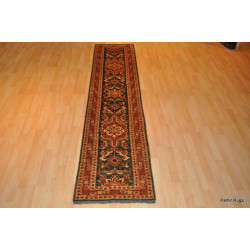
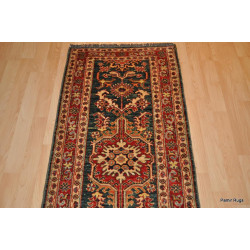

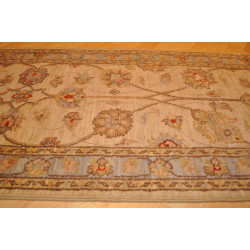
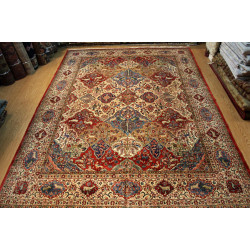
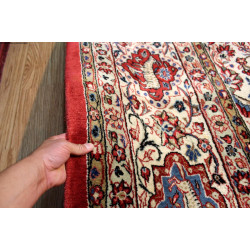

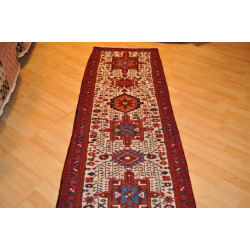

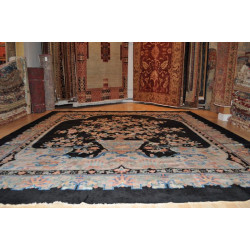
-250x250w.jpg)
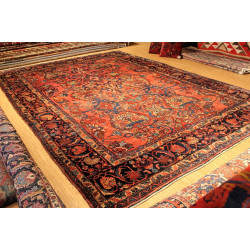
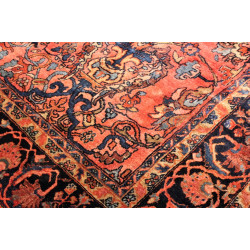
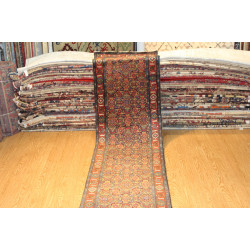
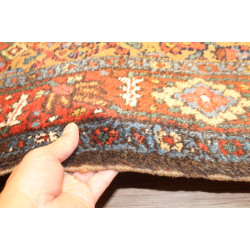
-250x250w.JPG)
-250x250w.JPG)
